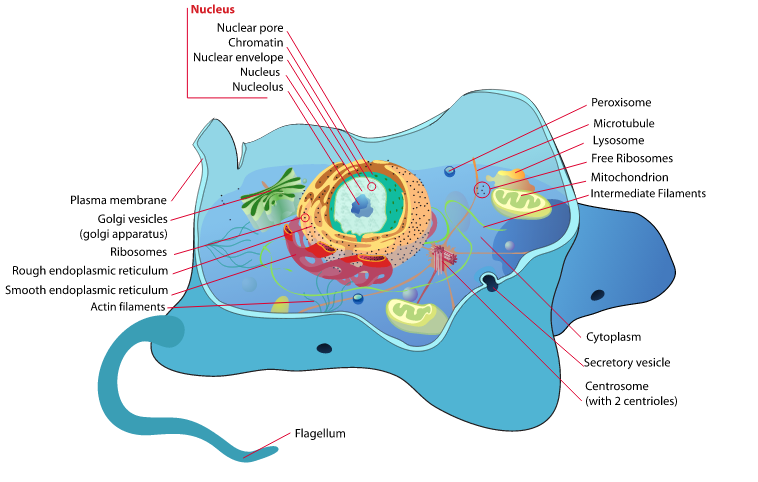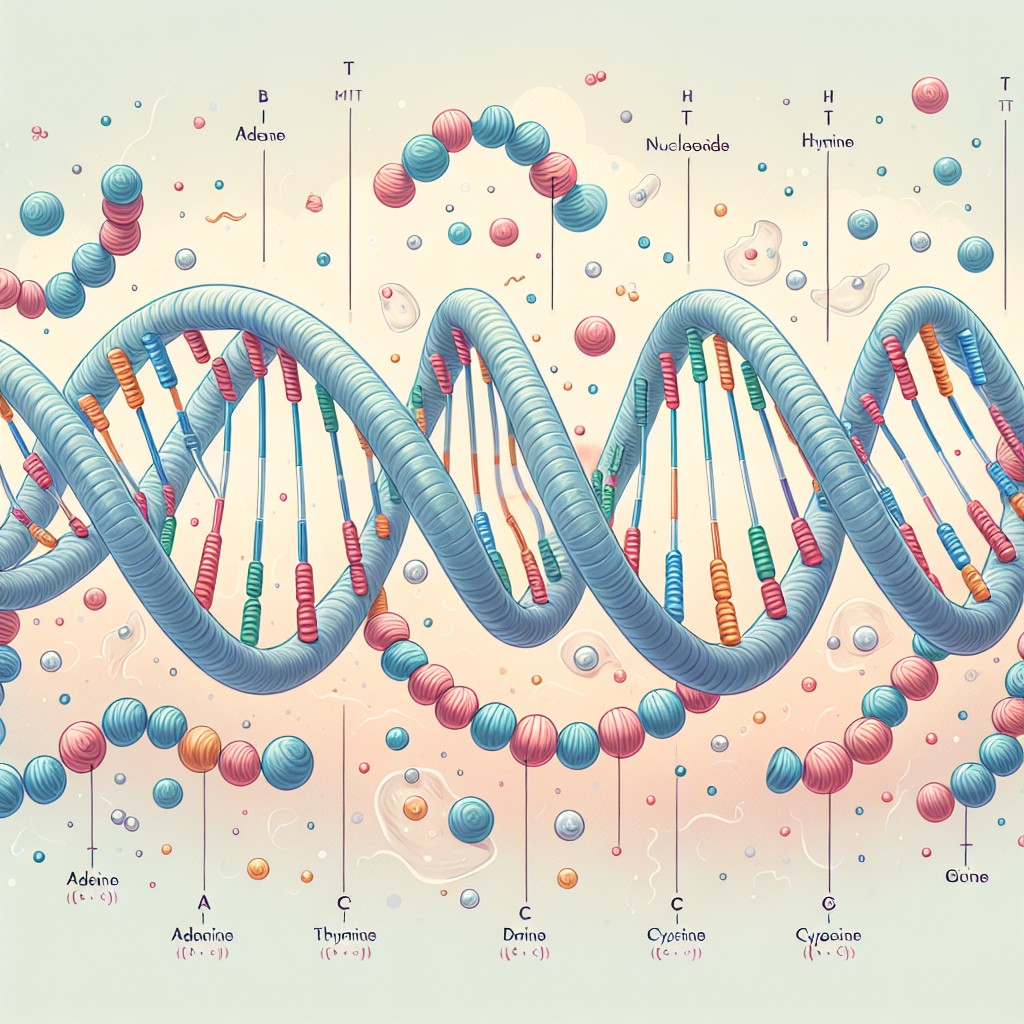Cells are the fundamental units of life. They are the building blocks of all living organisms and play a crucial role in biology. Understanding cells is essential for understanding life itself. Cells are responsible for carrying out all the functions necessary for an organism to survive and thrive. From the simplest single-celled organisms to complex multicellular organisms, cells are at the heart of biological processes.
Key Takeaways
- Cells are the basic unit of life and are responsible for all living processes.
- Cells are made up of fundamental building blocks such as proteins, lipids, and nucleic acids.
- A cell is a membrane-bound structure that contains genetic material and carries out essential functions.
- All cells share common characteristics such as the ability to reproduce and respond to their environment.
- Prokaryotic cells lack a nucleus and other membrane-bound organelles, while eukaryotic cells have these structures and are more complex.
The Fundamental Building Blocks of Life
The four basic biomolecules that make up cells are carbohydrates, lipids, proteins, and nucleic acids. Carbohydrates are the primary source of energy for cells and are also involved in cell structure. Lipids, such as fats and oils, are important for energy storage and insulation. Proteins are involved in almost every aspect of cell function, from structural support to enzymatic reactions. Nucleic acids, specifically DNA and RNA, carry genetic information and play a crucial role in cell reproduction and growth.
These biomolecules are essential for cell function. They provide the necessary components for cellular processes such as metabolism, growth, and reproduction. Without these biomolecules, cells would not be able to carry out their functions and life as we know it would not exist.
What is a Cell?
A cell is the smallest unit of life that can replicate independently. It is enclosed by a membrane that separates it from its environment. Cells can be classified into two main types: prokaryotic cells and eukaryotic cells.
Prokaryotic cells are simple cells that lack a nucleus and other membrane-bound organelles. They are typically found in bacteria and archaea. Eukaryotic cells, on the other hand, are more complex and have a nucleus and other membrane-bound organelles. They are found in plants, animals, fungi, and protists.
The Common Characteristics of All Cells
| Characteristic | Description |
|---|---|
| Cell Membrane | A thin, flexible barrier that surrounds the cell and regulates what enters and exits the cell. |
| Cytoplasm | A jelly-like substance that fills the cell and contains all the cell’s organelles. |
| DNA | The genetic material that contains the instructions for the cell’s functions and characteristics. |
| Ribosomes | Small structures that make proteins for the cell. |
| Mitochondria | Organelles that produce energy for the cell through cellular respiration. |
| Cytoskeleton | A network of protein fibers that provides shape, support, and movement for the cell. |
| Nucleus | The control center of the cell that contains the cell’s DNA and directs the cell’s activities. |
All cells share certain basic features. They are surrounded by a cell membrane that regulates the movement of substances in and out of the cell. They also contain genetic material, either in the form of DNA or RNA, which carries the instructions for cell function. Additionally, cells have the ability to reproduce and grow, allowing for the development and maintenance of living organisms.
These common characteristics are important because they provide a foundation for understanding how cells function. By studying these shared features, scientists can gain insights into the basic principles of life and apply this knowledge to various fields such as medicine and biotechnology.
The Diversity of Cells: Prokaryotes vs. Eukaryotes
Prokaryotic and eukaryotic cells differ in several ways. Prokaryotic cells are smaller and simpler than eukaryotic cells. They lack a nucleus and other membrane-bound organelles. Instead, their genetic material is located in a region called the nucleoid. Prokaryotic cells also have a cell wall, which provides structural support.
Eukaryotic cells, on the other hand, are larger and more complex. They have a nucleus that houses their genetic material and various membrane-bound organelles that carry out specific functions. Eukaryotic cells also have a cytoskeleton, which provides structural support and allows for cell movement.
The differences between prokaryotic and eukaryotic cells are important because they affect how cells function. For example, the presence of a nucleus in eukaryotic cells allows for more complex genetic regulation and control of cell function. The presence of membrane-bound organelles also allows for compartmentalization of cellular processes, increasing efficiency.
The Importance of Cell Structure and Function

Cell structure is closely related to function. Different cell structures allow for different functions to be carried out. For example, the presence of chloroplasts in plant cells allows them to carry out photosynthesis, converting sunlight into energy. The presence of mitochondria in animal cells allows them to produce energy through cellular respiration.
Cell structure also determines how cells interact with their environment. The cell membrane, for example, regulates the movement of substances in and out of the cell, allowing cells to maintain homeostasis. The presence of cilia and flagella allows cells to move and respond to their surroundings.
Understanding cell structure and function is crucial because it provides insights into how cells work and how they contribute to the overall functioning of organisms. It also allows scientists to study and manipulate cells for various applications, such as developing new treatments for diseases or engineering organisms for specific purposes.
The Role of DNA in Cell Function
DNA plays a central role in cell function. It carries the genetic information that determines an organism’s traits and characteristics. DNA is transcribed into RNA, which is then translated into proteins. Proteins are involved in almost every aspect of cell function, from structural support to enzymatic reactions.
DNA is also involved in cell reproduction and growth. During cell division, DNA is replicated and distributed to daughter cells, ensuring that each new cell receives a complete set of genetic information. DNA mutations can lead to changes in cell function and can contribute to the development of diseases such as cancer.
Understanding the role of DNA in cell function is important because it allows scientists to study and manipulate genetic information for various purposes. For example, genetic engineering techniques can be used to modify DNA sequences and create organisms with desired traits or characteristics.
Cellular Energy and Metabolism
Cells require energy to carry out their functions. They obtain this energy through metabolic pathways, which involve the breakdown and synthesis of biomolecules. The two main metabolic pathways are cellular respiration and photosynthesis.
Cellular respiration is the process by which cells convert glucose and other organic molecules into ATP, the energy currency of cells. It occurs in the mitochondria and involves a series of chemical reactions that release energy. Photosynthesis, on the other hand, is the process by which plants and some other organisms convert sunlight into energy. It occurs in the chloroplasts and involves a series of chemical reactions that produce glucose and oxygen.
Understanding cellular energy and metabolism is important because it allows scientists to study how cells obtain and use energy. It also provides insights into how organisms adapt to different environments and how they respond to changes in their surroundings.
The Significance of Cell Communication
Cells communicate with each other through various mechanisms. They can send and receive signals in the form of chemical messengers, such as hormones or neurotransmitters. They can also communicate through direct contact, such as through gap junctions or cell adhesion molecules.
Cell communication is important for coordinating the activities of different cells within an organism. It allows cells to respond to changes in their environment and to work together to carry out complex functions. Cell communication is also crucial for development and disease. For example, during embryonic development, cells communicate to determine their fate and position within the developing organism. In diseases such as cancer, abnormal cell communication can lead to uncontrolled cell growth and invasion.
Understanding cell communication is important because it provides insights into how cells work together to maintain homeostasis and carry out complex functions. It also allows scientists to develop new treatments for diseases by targeting specific signaling pathways.
The Future of Cell Biology: Advances and Innovations
Cell biology is a rapidly advancing field, with new technologies and techniques constantly being developed. One area of research is the study of stem cells, which have the ability to differentiate into different cell types. Stem cell research has the potential to revolutionize medicine by providing new treatments for diseases and injuries.
Another area of research is the development of new imaging techniques that allow scientists to visualize cells and their components in greater detail. For example, super-resolution microscopy techniques can reveal structures within cells that were previously invisible.
Advances in genetic engineering techniques are also driving the field of cell biology. CRISPR-Cas9, for example, is a powerful tool that allows scientists to edit DNA sequences with unprecedented precision. This technology has the potential to revolutionize medicine and agriculture by allowing for the development of new treatments and the creation of genetically modified organisms.
Understanding cells and their function is crucial for understanding life itself. Cells are the fundamental units of life and play a central role in biology. They are responsible for carrying out all the functions necessary for an organism to survive and thrive. By studying cells, scientists can gain insights into the basic principles of life and apply this knowledge to various fields such as medicine and biotechnology. The future of cell biology holds great promise, with advances in technology and techniques driving new discoveries and innovations.
FAQs
What are cells?
Cells are the basic unit of life and the smallest structural and functional unit of all living organisms.
What are the common characteristics of all cells?
All cells have a cell membrane, cytoplasm, and genetic material (DNA or RNA). They also have the ability to reproduce and carry out metabolic processes.
What is the function of the cell membrane?
The cell membrane is a thin, flexible barrier that surrounds the cell and regulates the movement of substances in and out of the cell.
What is cytoplasm?
Cytoplasm is the gel-like substance that fills the cell and contains all the organelles.
What is genetic material?
Genetic material is the DNA or RNA that contains the instructions for the cell’s functions and characteristics.
How do cells reproduce?
Cells reproduce through either mitosis (asexual reproduction) or meiosis (sexual reproduction).
What are metabolic processes?
Metabolic processes are the chemical reactions that occur within a cell to maintain life, such as energy production and waste removal.


